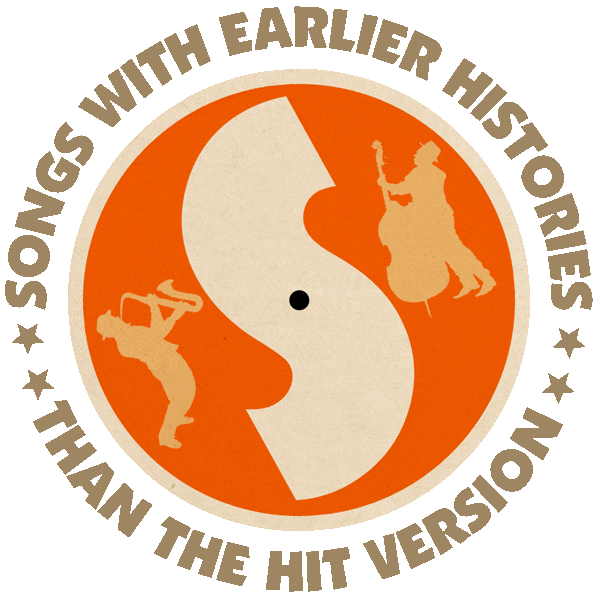First recorded by Hayden Quartet (1901).
Hit versions by Alma Gluck & the Orpheus Quartet (US #10 1919), Vipers Skiffle Group (1955), Duane Eddy (as “Bonnie Come Back”, US #23/UK #12 1960), Tony Sheridan & the Beat Brothers (as “My Bonnie”, GER #5 1961 |UK #48 1963 |US #26 1964), Bonnie Brooks (as “Bring Back My Beatles (to Me)”, 1964).
From the wiki: “In 1881, under the duo of pseudonyms H.J. Fuller and J.T. Wood, Charles E. Pratt published sheet music for ‘Bring Back My Bonnie to Me’. The first recording of the song was done in 1901 by the Hayden Quartet. Alma Gluck charted with her 1919 recording. A Duane Eddy rock ‘n roll instrumental cover in 1960 charted in both the UK and the US.
“‘My Bonnie …’ became a part of the UK skiffle craze repertoire in the mid-1950s when recorded by Vipers Skiffle Group in 1955. In popular culture, though, the song is now best remembered as the one that caught Brian Epstein’s attention in 1962: the 1961 recording by Tony Sheridan backed by the Beatles (recording as ‘The Beat Brothers’). The Beatles were familiar with the Vipers’ recordings, having themselves evolved from the Liverpool skiffle group, the Quarrymen, and would go on to record another Vipers song in 1969 – Maggie May – that would appear on the album Abbey Road.

